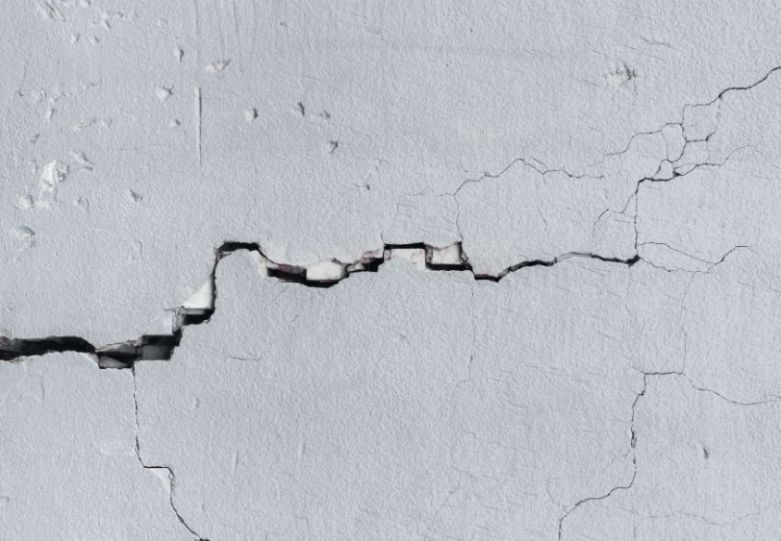
The main difference between restumping and underpinning is that restumping only replaces the stumps that are causing structural problems while underpinning involves adding more support to the existing foundation. The other main difference is that restumping is performed when the footing system is made from stumps, whereas underpinning is when the footing is a slab or strip footing.
In this blog, we’ll discuss how restumping and underpinning work, whether a building is built on stumps or slabs, and how to tell for your property. Always consult licensed underpinning contractors before attempting to rectify foundation issues.
What Is Underpinning?
Underpinning is a foundation repair process where a building’s footing is reinforced using steel-reinforced concrete pads. It can only be done if the structure is on a slab or a strip footing.
What Are the Different Underpinning Methods?
The different underpinning methods are:
- Traditional concrete Underpinning
- Piling Underpinning
- Micro-piling Underpinning
- Screw piles Underpinning
- Jet grouting Underpinning
- Resin injection Underpinning
You always need to consult authorised underpinning contractors to inspect your site and suggest what is best for your house.

What Is Restumping?
Restumping is the process of replacing damaged home stumps with new ones. Three types of stumps are available in the market — timber, concrete, and steel. Timber is the cheapest among all three yet more prone to damage, while concrete and steel are more expensive and durable.
Is Underpinning The Same As Restumping?
No, underpinning isn’t the same as restumping. They are two different foundation repairs used on two different types of footing systems.
Underpinning is done on the structure built on a slab while restumping can only be done on buildings that have stumps.
How Do I Know If My House Is Built On Stumps?
You will know if your house is built on stumps by noticing the following:
- The structure is suspended above the ground.
- You can see steel, concrete, or timber stumps underneath your subfloor.
- There are vents around the perimeter of your home.
How Do I Know If My House Is Built On A Slab?
You will know if your house is built on a slab if no stumps are visible under your subfloor and your house isn’t elevated above ground level.
If you want more information about foundation problems, you can check our blog why do building foundations fail.
If you don’t know whether your home needs restumping or underpinning, this blog will help you. We’ve explained the differences between each repair process and how to determine which one is right for your home. We also recommend using a licensed professional to complete any restumping or underpinning work. With their experience and expertise, they’ll be able to properly assess your home’s needs and provide a solution that will stand the test of time.
What is the Difference Between Reblocking and Restumping?
There is no difference between reblocking and restumping. These two terms basically mean the same. Reblocking and restumping refer to the process of replacing the old foundation blocks or stumps of a house with new concrete stumps. This procedure is primarily applicable to older weatherboard houses that are elevated from the ground and have foundations.




